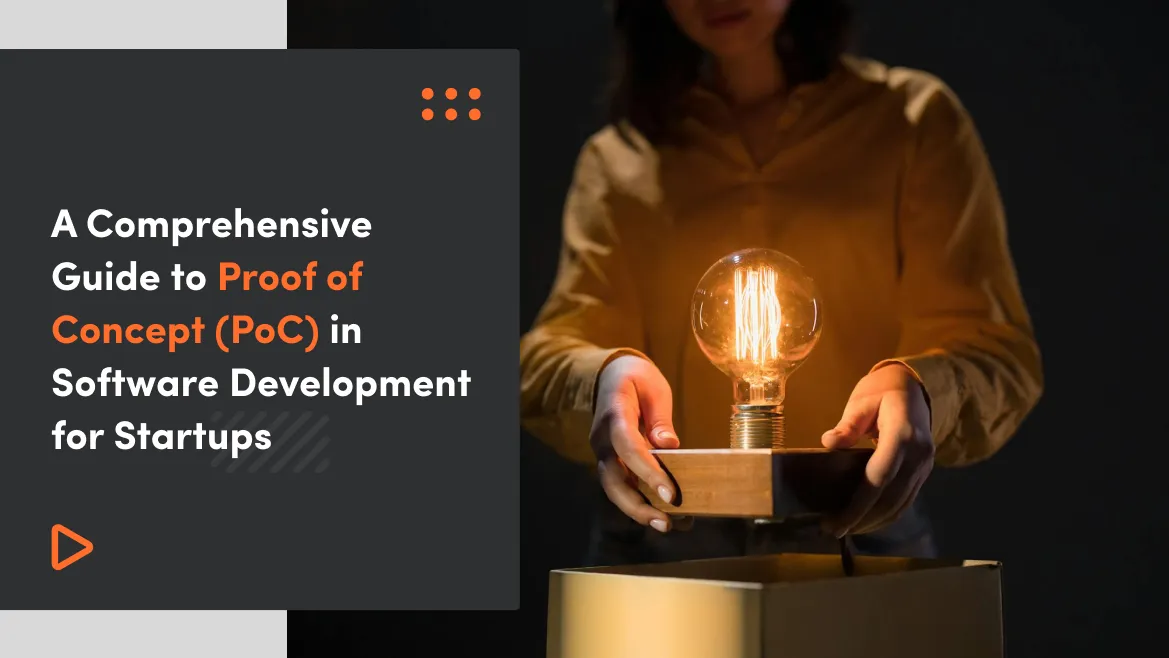Software companies providing outsourcing services usually prefer time-and-materials pricing model rather than fixed-price one. With the use of time-and-materials, the project time is approximately estimated, but the final cost and date are not defined, clients have the possibility to add changes on the go and payment depends on the hours spent (hourly rate). With the fixed-price engagement, clients cannot make the changes during the development process (unless the contract is amended) and the project scope, deadlines and final price are set at the beginning of the collaboration. At first glance, this (fixed-price) could be tempting as it sounds like a promise of delivering what you need with the time frame and costs of your choice. So what are the key reasons showing that time-and-materials model is most beneficial for both a client and a service provider?
Competitive advantage with user-centric approach and market sensitivity in mind
With the ability to change initial requirements and improve features throughout the development process, you gain the flexibility to follow market trends or switching customers needs. You can quickly adjust your ideas to the current business environment, and influence the scope, features and delivery plans to gain successful project and high-level technology-implementation quality. Unlike the fixed-price model, hourly rate approach ensures business-level control on your project. You can, for example, decide, based on your current situation, if you prefer tweaking the scope and adding some extra nice-to-have features or spend additional time on code quality.
Involvement in the process and ability to stop the line
You are the one who sets the backlog priorities, software developers follow your business-value track, and after the project kick-off, you are benefiting from the synergy between your domain knowledge and the technological expertise of a development team.With this kind of engagement, the project can evolve, as you are using the skills and experience, the company gathered while working with previous clients within same technology, industry or business domain. Short feedback loops, allows you to stop the line and change the direction of the project to end up with the best outcome at a given time. There’s no need for contract renegotiation or several meetings to estimate new specifications.
Try our developers.
Free for 2 weeks.
No risk. Just results. Get a feel for our process, speed, and quality — work with our developers for a trial sprint and see why global companies choose Selleo.
Business risk reduction and control of costs
As the fixed-price contract scope no restricts you, it can be pretty sure that the outcome will fully correspond your expectations. You possess the total control over both deliverables and the budget. Instead of developing the complete project you can decide to focus on the MVP first and then check if some changes in the requirements are needed. Developers can code with quality in mind, and you are charged only for the actual work and time spend on your project. You can track the progress and decide which way to go from your business and financial perspective. If you think some features are to cost or time-consuming, you can always change it or remove from the backlog. Moreover, in contrary to fixed-price engagement, you can decide to terminate the agreement if you are not satisfied with the code quality, skills or communication.
Fixed-price use-case scenario
Fixed-price contracts make sense when the outcome of the collaboration process is a small software project with precise requirements, set specifications and defined timelines.
If, at the beginning of the partnership you are sure that
- you won’t change the scope of the project (there will be no need for additional features, functionalities, device or browser compatibility),
- your project is deliberately short and easy to implement,
- you are convinced about the outcome of the process,
- the business environment you are providing the solution for is stable, and there will be no need to enhance the project in future,
- you can compromise on code quality,
- your clients’ needs are evident, and you’ve conducted some research with the target audience to confirm them,
you should discuss the fixed-price pricing model.
Summary
Agile methodologies require time-and-materials pricing model. The client’s ability to be involved in the development process, prioritize backlog and adjust to the end-users’ needs with evolving requirements are, in most cases, the key to the market success of a service or a product. And as a result of such partnership, you will, from the very beginning, receive a working software solution which, after a few iterations, become a well tested and 100% functional system. You are the owner both of the code and the process and can decide what is most important right now and which way you would like to go to reach your business goals.





